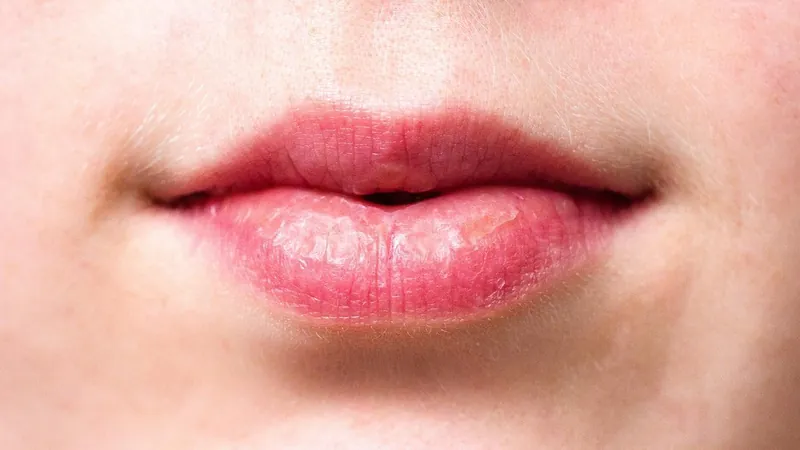
Groundbreaking 3D Lip Cell Models Pave the Way for Innovative Treatments of Lip Injuries
2024-11-04
Author: Rajesh
Introduction
In an extraordinary leap for medical science, researchers from Switzerland have unveiled the world’s first 3D cell models specifically designed using lip cells. This groundbreaking development opens up new avenues for creating effective treatments for lip injuries, lacerations, and infections that have previously been unaddressed due to the lack of suitable models.
The Importance of Lip Cell Research
The prominent role of lips as crucial features of our facial aesthetics cannot be overstated. "Any defects in this tissue can be highly disfiguring," emphasized Dr. Martin Degen from the University of Bern. Until now, scientists faced significant challenges because existing models did not replicate the unique behavior of lip tissues. The creation of these innovative 3D models marks a significant milestone in understanding and treating lip-related medical conditions.
Development of 3D Lip Cell Models
By harnessing the potential of donated lip cells from patients undergoing treatment for a lip laceration and a cleft lip, the research team developed a groundbreaking methodology. The process involved the use of a retroviral vector to deactivate a gene that ordinarily limits a cell’s lifecycle. They also modified the telomeres on the ends of each chromosome to enhance cell longevity, resulting in immortalized lip cell lines that closely resemble natural lip tissue.
Rigorous Testing and Validation
Rigorous testing ensured that these new cell lines maintained the same properties as primary lip cells, with thorough analysis to confirm the absence of chromosomal abnormalities. With these robust models established, researchers proceeded to evaluate their potential in studying lip healing processes and the impact of infections.
Wound Healing Experiments
The team conducted wound healing experiments by deliberately injuring the 3D lip cell models. The observations were promising: untreated cells managed to close the wound in eight hours, while cells treated with growth factors healed even faster, showcasing results that were consistent with existing models from skin cells across other body regions.
Infection Studies
To further validate these models, researchers introduced the opportunistic yeast pathogen Candida albicans, known to cause severe infections in individuals with compromised immune systems. The lip cells reacted as anticipated, providing invaluable insights into how infections could spread in real lip tissue scenarios—a testament to the models' relevance.
Future Applications and Implications
Dr. Degen expressed optimism about the broader applications of this innovation. "We are convinced that 3D models established from healthy immortalized lip cells have the potential to be very useful in many other fields of medicine," he noted. This exciting proof-of-concept could pave the way for groundbreaking treatments and improved patient outcomes for thousands struggling with lip injuries.
Conclusion
These pioneering 3D cell models stand to revolutionize not only cosmetic and reconstructive surgery but also the management of infections and chronic conditions related to the lips, establishing a new frontier in personalized medicine. As researchers continue to explore the capabilities of these advanced models, the future of treatment for lip injuries looks brighter than ever!

 Brasil (PT)
Brasil (PT)
 Canada (EN)
Canada (EN)
 Chile (ES)
Chile (ES)
 España (ES)
España (ES)
 France (FR)
France (FR)
 Hong Kong (EN)
Hong Kong (EN)
 Italia (IT)
Italia (IT)
 日本 (JA)
日本 (JA)
 Magyarország (HU)
Magyarország (HU)
 Norge (NO)
Norge (NO)
 Polska (PL)
Polska (PL)
 Schweiz (DE)
Schweiz (DE)
 Singapore (EN)
Singapore (EN)
 Sverige (SV)
Sverige (SV)
 Suomi (FI)
Suomi (FI)
 Türkiye (TR)
Türkiye (TR)